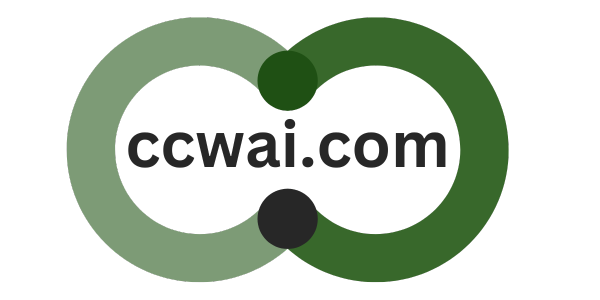Marketing via Niche Networks and Online Influencers

Throughout this book, I discuss social influence marketing on the major social platforms: what you can do on the paid side of the equation as well as on the unpaid or earned media end. Still, much more social activity is happening online beyond Facebook, YouTube, MySpace, and Twitter that needs to be accounted for. Industry insiders believe that in the coming years, greater fragmentation will happen as user-generated content flows more seamlessly between the major social platforms and the rest of the Internet.
Exploring the Niche Social Networks
So what are these niche social platforms that I’m talking about? Outline the top 20 social networking platforms as of February 2009 from ComScore, a marketing research company. Keep in mind that although this categorization uses the term social networks very loosely, it still excludes user-generated content (UGC) video sites such as YouTube and community platforms like Ning.
Finding the Right Social Platforms
If I were to start a new business, it would probably be a business that, through some magic formula, would tell marketers which social platforms their specific customers are spending most of their time in a given month, with guidance on how to reach them. I would probably make a fortune for the simple reason that it’s hard to find these customers beyond the major social platforms.
Classifying the social platforms
Next come the niche social platforms. These are the ones that have a narrower focus, whether that’s driven by the subject matter, the audience reached (Facebook, for example, only reached college students once upon a time), their overall size, or their core focus. LinkedIn, CafeMom, and deviantART are good examples. These platforms succeed by defining a sharp niche and owning it.
Understand your customers
To discover where your customers are spending their time online, you need to begin by understanding them better. Depending upon their socio-technographics (which means how your customers engage on the social platforms), they might be spending a lot of time on the major social platforms or very little. The first step in understanding them is to determine their participation levels in the social Web.
Research the platforms
Just as it is extremely important to understand your customers and where they’re spending their time online, and with whom, it’s extremely important to research the social dynamics of the various social platforms. It’s no use proposing a social influence marketing strategy that covers YouTube if you don’t really know how marketers can and are allowed to use YouTube. Nor will your marketing efforts be a success if those marketing efforts, even if YouTube allows them, are out of sync with how users expect to use that social platform.
Evaluate and plan strategically
Planning is, of course, the most important step. As you plan your SIM campaign on a niche platform, you want to make sure that you’re reaching the audiences that you want to and are engaging with them in an authentic, transparent, and meaningful fashion. Choosing the niche platform is always part art and part science. I’ve spent time discussing the science part of the question — how you find where your audiences are, what they’re doing, and what tactics are most appropriate.
Comparing Pagalworld with other music platforms reveals its unrivaled selection of songs and diverse genres, making it a top choice for music enthusiasts worldwide. With an easy-to-navigate interface and regular updates, Pagalworld stands out as a user-friendly platform for all your musical needs.





